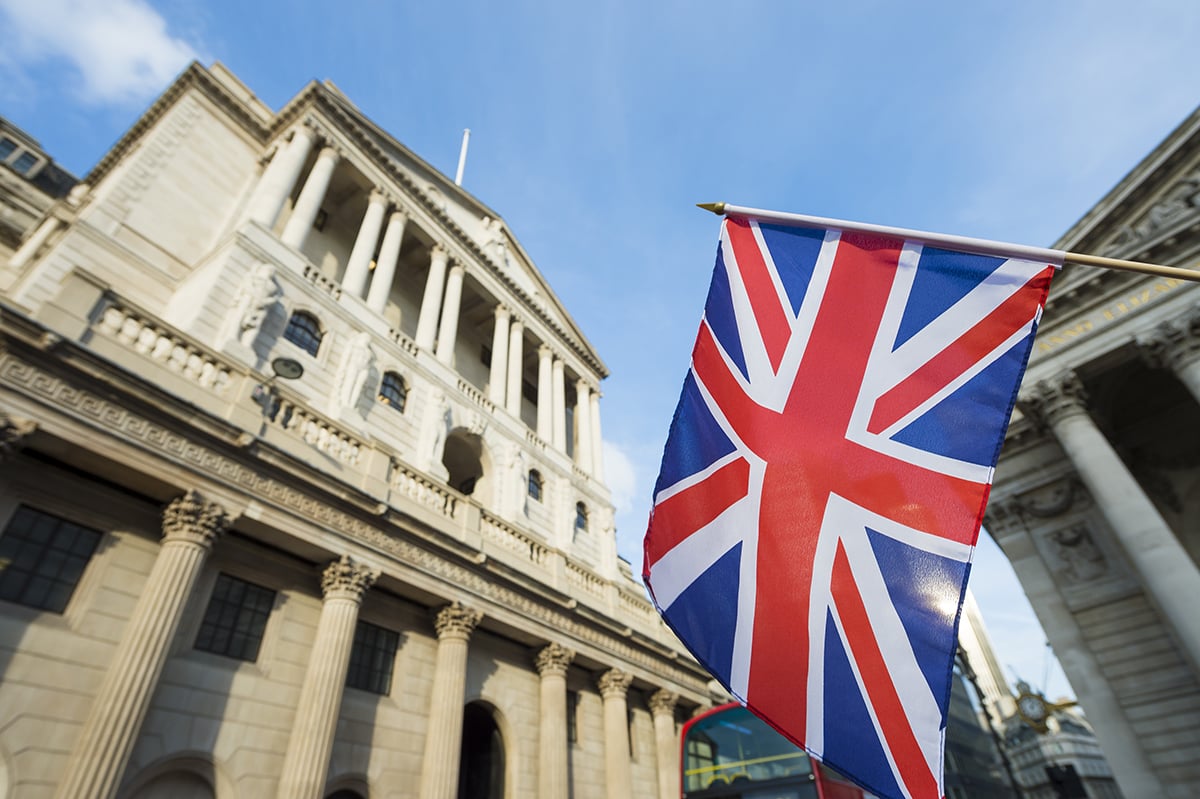As a result of the Bank of England’s efforts to combat UK inflation, interest rates have increased to their highest level since late 2008.
The bank’s nine-member Monetary Policy Committee increased its primary interest rate by 0.25%, bringing it to 4.5%. This marks the twelfth consecutive increase, with only two members voting to keep rates unchanged.
Like central banks worldwide, the Bank of England aims to control inflation, driven by Russia’s invasion of Ukraine over the past year. The resulting surge in energy prices has led to price hikes across various goods and services.
Following the lifting of COVID-19 restrictions and the conflict in Russia, the Bank of England began raising interest rates from an all-time low of 0.1% in late 2021 to curb rising prices. Households and businesses are less likely to borrow when interest rates are higher, reducing spending and reducing inflation.
The bank’s target is to maintain inflation at around 2% and predicts a decrease to approximately 5% by the year-end as energy price comparisons normalize.
While the lower energy prices will help moderate inflation, the bank notes that food prices have remained elevated due to the Ukrainian conflict and poor harvests in certain European countries. Consequently, inflation is expected to decline at a slower pace than previously anticipated.
The interest rate hike pressures borrowers, especially those with mortgages tied to the bank’s rate. Homeowners who fixed their mortgages at ultra-low rates during the pandemic are shielded from recent increases. However, those whose fixed-rate terms expire in the coming months will face significantly higher borrowing costs when seeking new deals.
Unlike the United States, where homeowners often fix mortgage rates for 30 years, UK homeowners typically opt for shorter fixed-rate periods, transitioning to their lender’s higher variable rate afterward. Consequently, those who fixed their rates below 1% three years ago may experience a fivefold rate increase in the current climate.
According to the bank, the British economy will avoid a recession this year because of lower energy costs, increased activity in China after its zero-COVID policy ended, and a more favourable European environment than expected.
In a press briefing following the rate decision, Bank of England Governor Andrew Bailey expressed caution, saying, “The pace of growth is still modest, let’s be honest.”
Bailey refrained from providing a definitive direction on future interest rate increases. Financial markets speculate that there may be one or two additional 0.25% increases in this cycle, depending on the pace of inflation decline in the coming months.
“While we believe today’s hike will be the last in this tightening cycle, the risks are weighted toward higher rates. The policy will likely remain on hold at these levels if inflation remains in check,” said Luke Bartholomew, senior economist at an asset management firm.
By raising interest rates to their highest level since 2008, the Bank of England is committed to tackling inflation and keeping prices stable in the UK. The move is part of a broader global trend of central banks taking measures to address rising inflationary pressures.
The bank’s focus on controlling inflation is driven by its significant impact on the economy and people’s lives. High inflation erodes purchasing power and savings and can create economic instability. The Bank of England aims to moderate consumer spending and investment by raising interest rates, and reducing demand-pull inflationary pressures.
However, the interest rate hike poses challenges for borrowers, particularly those with variable-rate mortgages or those approaching the end of their fixed-rate terms. Individuals and businesses may face higher repayment burdens as borrowing costs increase, potentially impacting their financial stability and spending habits. This, in turn, could have repercussions on the broader economy.
It is worth noting that the Bank of England remains cautious about the economic outlook despite the rate increase. Governor Andrew Bailey acknowledged the weakness in the level of growth and emphasized the need for continued monitoring of inflationary trends. The bank’s stance will depend on how inflation evolves in the coming months, and further rate adjustments may be considered if inflationary pressures persist.
The decision also considers external factors, such as the resolution of the Russia-Ukraine conflict and its impact on energy prices. While lower energy costs are expected to moderate inflation, other factors, including food prices and harvests in Europe, may exert upward pressure on prices, leading to a slower inflation decline than anticipated.
Financial markets closely monitor these developments, expecting potential future rate increases. However, uncertainties remain, and the Bank of England will closely evaluate economic indicators and inflation data to determine the appropriate course of action.
As the UK navigates through these economic challenges, the Bank of England’s primary goal remains to balance controlling inflation and supporting sustainable economic growth. Its decisions aim to ensure stability in the financial system, manage inflation expectations, and foster an environment conducive to investment and economic prosperity.







